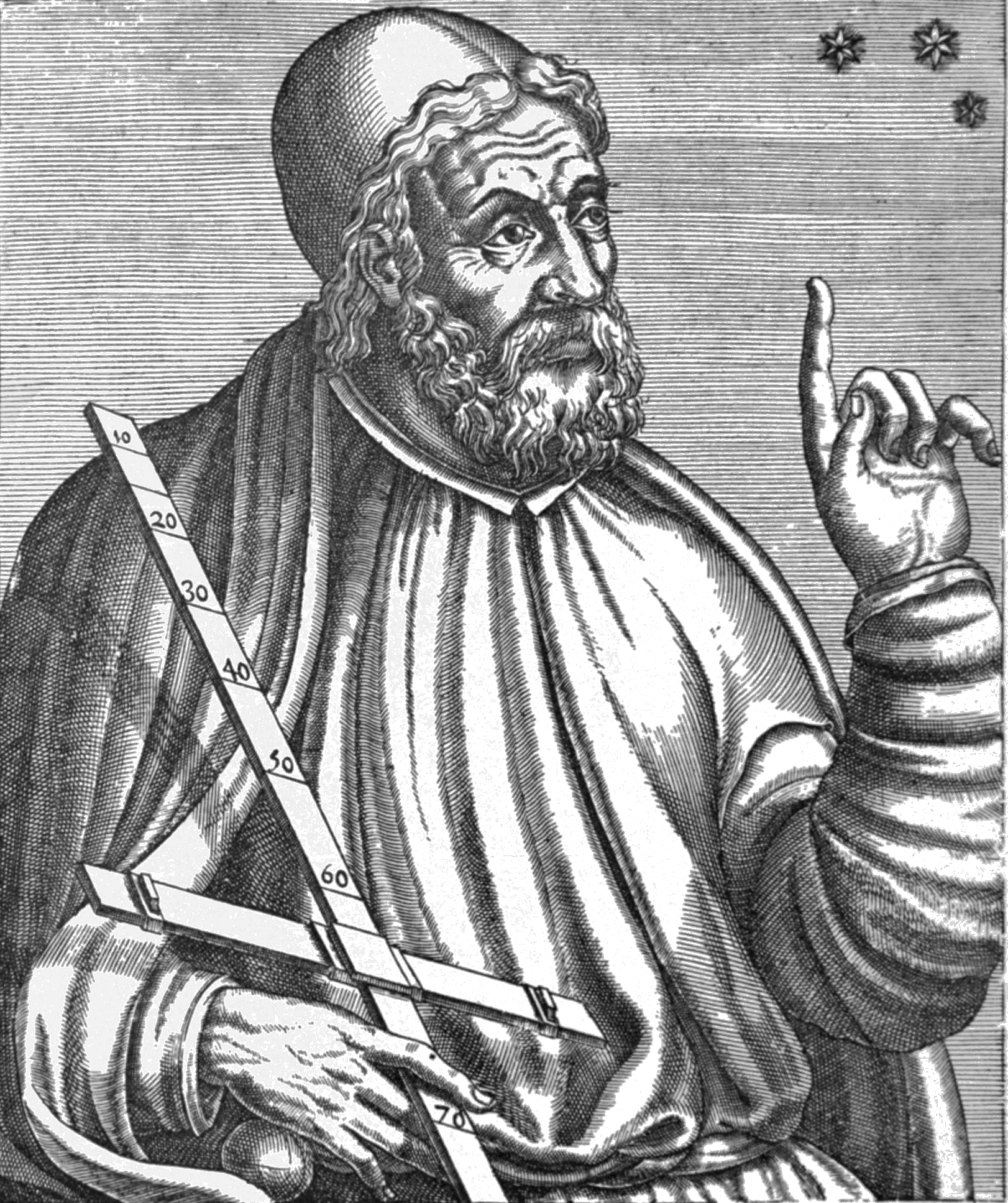
Claudius Ptolemy was born in 100 AD and soon became one of the most influential Greek astronomers and geographers of his time. Ptolemy lived in Rome and studied under a mathematician known as Theon of Smyrna, who had written on astronomical observations such as conjunctions, eclipses, occultations, and transits. It is known that Theon did not have any depth of understanding of his observations, but his influences can be seen in the work of Ptolemy. It is argued that Ptolemy’s greatest work was a book titled “The Almagest”, and is considered a mathematical compilation. It is thought to be one of his earliest works and details the mathematical motions of the sun, the moon, and the planets. He made his most original contribution by detailing the motions of the celestial bodies in the universe. His goal was to continue the work given by those who came before him, not to prove or disprove any information he was previously taught. With this in mind he continued the work of Aristotle who stated that the Earth was the center of the universe and that the other celestial bodies orbit the Earth. Ptolemy used geometry to describe/predict the motion of other celestial bodies using eclipses. He introduces trigonometrical methods based on the chords method. His discoveries were widely accepted and prevailed for 1400 years.
Source: Robertson, E and O'Connor, J. "Ptolemy Biography." University of St. Andrews. April 1999. http://www-groups.dcs.st-and.ac.uk/history/Biographies/Ptolemy.html. Accessed 15 Mar. 2018.
Image source: Wikipedia Commons, Public Domain. https://commons.wikimedia.org/wiki/File:PSM_V78_D326_Ptolemy.png
